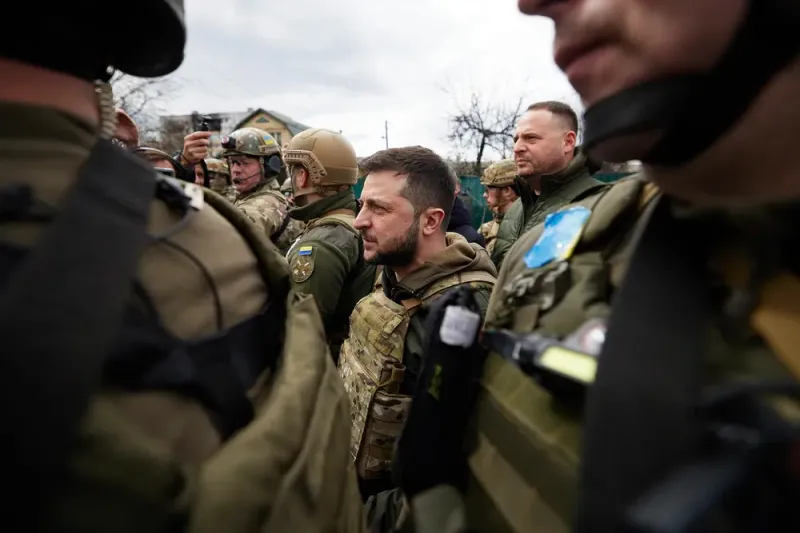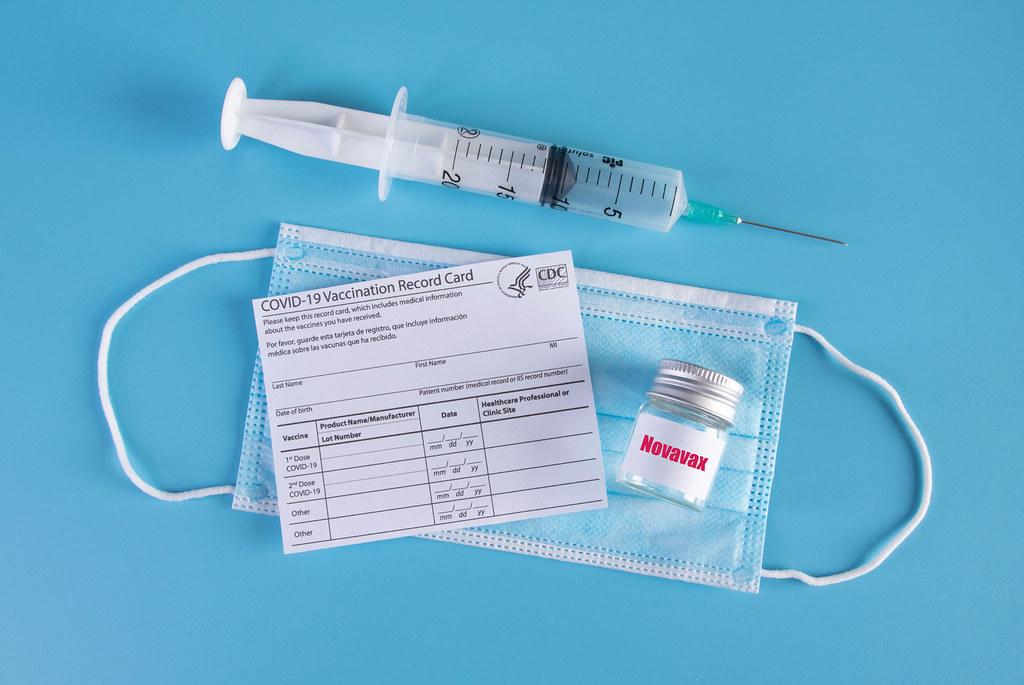On the heels of the success of the Pfizer and Moderna vaccines, the Janssen/Johnson & Johnson (J&J) COVID-19 vaccine was approved in the U.S. on February 27, 2021. Its official name is Ad26.COV2.S. It is a single-shot vaccine, unlike the Pfizer and Moderna jabs.
A virus is lipid and proteins surrounding genetic material. J&J has taken adenovirus, a common cold-like virus, and modified the genetic material. Normally, adenovirus just has cold genes in it (runny nose, etc.). They used the particle as a delivery mechanism for the vaccine, because the common cold virus is really good at getting into human cells. This way, the vaccine can easily get into human cells. They modified the adenovirus’s DNA to include some DNA from the coronavirus. Not just any DNA, but the DNA that encodes the spike protein. COVID looks similar to the adenovirus. It has a coat, binding proteins on the outside, and genetic material on the inside. All viruses are like this. The coronavirus’s binding protein is the spike protein.
The immune system makes antibodies, proteins which coat and bind up specific targets, so they can’t do what they want to do. If someone gave COVID to someone who is vaccinated, their body would stop it, because they have antibodies that would glue themselves onto the coronavirus, and keep it from attaching to the cells. The antibodies gum up the viral surface with antibodies. Vaccines prepare the body with something like the virus. The body learns how to fight it and makes antibodies. These antibodies are ready to be deployed if the real virus enters. If this person was not vaccinated, their body would not recognize the spike proteins as being dangerous. People that have had COVID lose their antibodies over time, hence why they could get it again.
The point of the J&J vaccine is to make our own human cells make spike proteins. The DNA goes to the nucleus, then to the ribosome. The DNA becomes mRNA, then the mRNA codes for spike proteins to be produced. The immune system will recognize the foreign protein made by the vaccine. It will then attack the spike proteins made by the vaccine, and then be ready for the real virus should it ever invade. The Pfizer and Moderna vaccines work by getting the mRNA for spike proteins into the body directly. Instead, the J&J vaccine gets spike protein DNA into humans, then relies on human cells to make this into spike proteins.
Scientists do not know why one dose works with J&J, and not as well for Pfizer and Moderna doses. The first dose still provides lots of protection with the Pfizer and Moderna vaccines, however. The Pfizer and Moderna vaccines may only need one dose, but two are used because that’s how the vaccines were tested. The early studies for the J&J vaccine probably also suggested that one dose is enough, but it’s possible two doses would be better.
There were approximately 40,000 participants in the J&J vaccine observer-blinded trial. About 40.9% of participants were from Latin America. South Africa accounted for 15% of participants. 44.1% were in the U.S. Out of the 40,000 patients, 9.6% of them had contracted COVID in the past. 87.5% had no antibodies. For the remaining 2.9%, researchers did not know the antibody status. The median age was 52 among participants. The average body mass index (BMI) of participants was 27.0, which is slightly obese, putting them at greater risk for COVID. 40.8% in each group had at least one preexisting condition. A small number of people who signed up for the trial initially were unaccounted for by the end of the trial, which is standard, although it is unknown why they were unaccounted for.
There were 468 symptomatic COVID cases starting 14 days after the injection. 464 were classified as moderately to severely sick. Among these, 116 cases occurred in the vaccine group, compared to 348 in the placebo (saltwater injection) group. This gives the vaccine an efficacy rate of 66.9%. From 28 days after the injection onward, there were 66 cases of moderate to severe illness in the vaccine group, versus 193 in the placebo group. This gives an efficacy rating of 66.1%, meaning people in the vaccine group were 66.1% less likely than those in the placebo group to contract COVID from 28 days after the shot onward. The trial showed that the vaccine did not give much protection against symptomatic COVID cases until about day 14 or 15. The vaccine, however, offers some protection against severe COVID cases after about nine days. The vaccine also offers some protection against the South African variant of COVID-19. Researchers followed these patients for 126 days. Three deaths occurred in the vaccine group over this time period, none of which were COVID-related. 16 deaths occurred in the placebo group, five of which were COVID-related. This suggests the vaccine protects against serious cases of COVID, especially deaths.
Approximately 60% of vaccine recipients aged 18-59 experienced pain at the injection site, compared to about 35% in those aged 60 and above. Placebo recipients also reported some adverse effects, but to a lesser degree. Redness and swelling in the arm were very low. Out of systemic events (full body), the most common adverse effect among vaccine recipients was headache (35%), followed by fatigue (35%), body aches (30%), nausea (15%), and then fever (5%). Side effects were consistently more prevalent in those aged 18-59 than those 60 or older. No meaningful differences in vaccine efficacy were recorded among sub-groups, including sex, race, or ethnic group.
The J&J vaccine is a step in the right direction. Many people like the one-dose method, and getting another vaccine approved and distributed across the globe just gets us one step closer to building herd immunity against COVID-19.




































